
Nervous system - a term you’ve probably heard in every biology chapter, but it’s way more than just a control system. The nervous system is what lets animals move, sense danger, process thoughts, and react within seconds. From your brain firing signals to your body, to a jellyfish floating using a nerve net - it’s all connected.
This blog breaks down what is the nervous system, how it works, its types in animals, and what happens when it goes out of sync. Whether you’re prepping for exams or just trying to make sense of all those brain parts and functions – this is your one-stop, student-friendly guide.
The nervous system is like your body’s messaging app - fast, responsive, and always online. It’s the system that lets animals sense what’s happening around them and respond quickly. Whether it’s pulling your hand away from a hot pan or a dog wagging its tail when it sees food - that’s the nervous system in action.
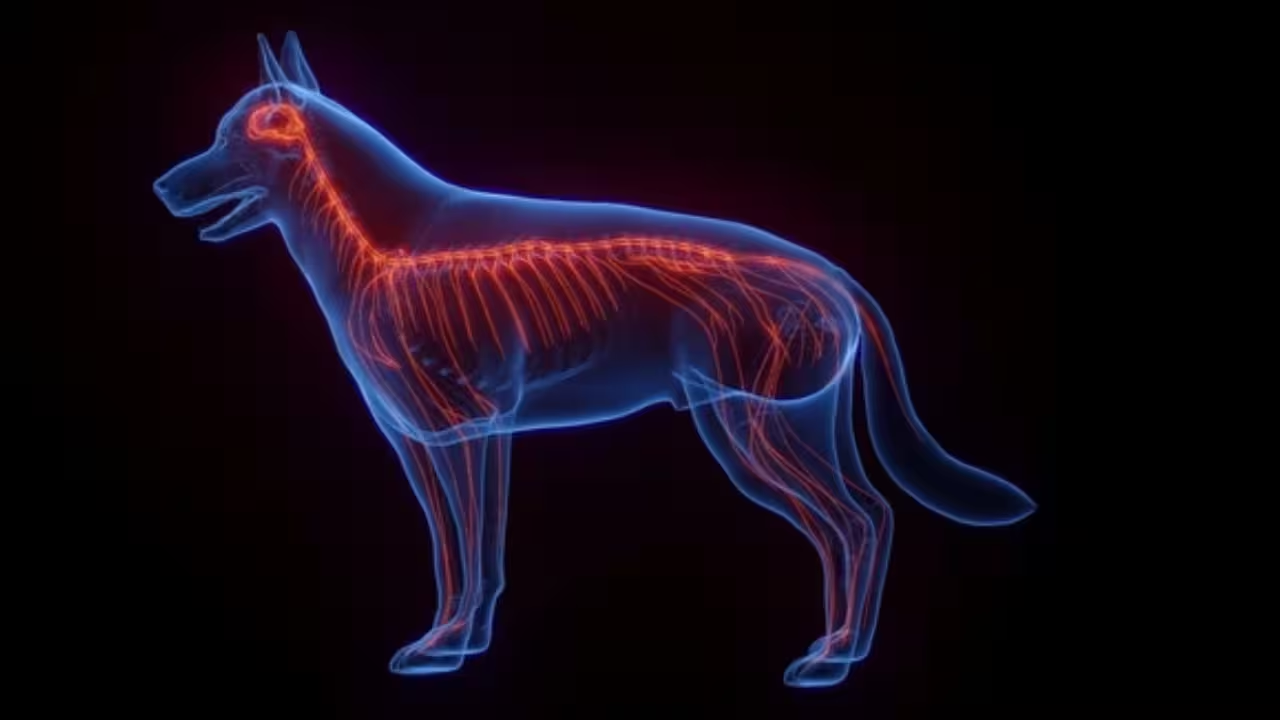
At its core, the nervous system functions by collecting information (stimuli), processing it, and then sending the right command to the body. It handles everything from movement and memory to heartbeat and digestion.
And no, it’s not just one thing. It includes neurons (nerve cells), the brain, structure of the spinal cord, and all the nerves spread throughout the body. Together, they make up a super-fast coordination system that controls every single action - both voluntary (like talking) and involuntary (like breathing).
Think of the human nervous system as having two main jobs:
Without it you wouldn’t blink, feel pain, solve problems, or even know you’re hungry.
So yeah, the nervous system isn’t just important - it’s the reason animals can live, move, and survive.
The animal nervous system might sound like one big thing - but it’s actually split into two parts that work together like a dream team: the Central Nervous System (CNS) and the Peripheral Nervous System (PNS). They’ve each got their own jobs, but both are super important if an animal wants to move, sense stuff, or just stay alive.
.avif)
This is how we classify the nervous system into Central and Peripheral parts:
This is made up of the brain and spinal cord - kind of like the headquarters of the body.
So whenever a dog fetches a stick or a bird flies south for winter, the CNS is the one calling the shots.
This part connects the CNS to the rest of the body using nerves - sort of like phone lines.
And don’t forget, the PNS also includes the Autonomic Nervous System (ANS) - the behind-the-scenes system that keeps your heart beating, your lungs breathing, and your food digesting without you even thinking about it.
So in simple terms:
And that’s how animals -from tiny bugs to huge mammals -manage to sense, move, and survive in the world.
Not every animal has a super advanced brain structure or complex reflexes - and that’s what makes studying the animal nervous system so interesting. From simple creatures like jellyfish to more evolved ones like humans, the nervous system parts and structure can vary a lot depending on how complex the animal is.
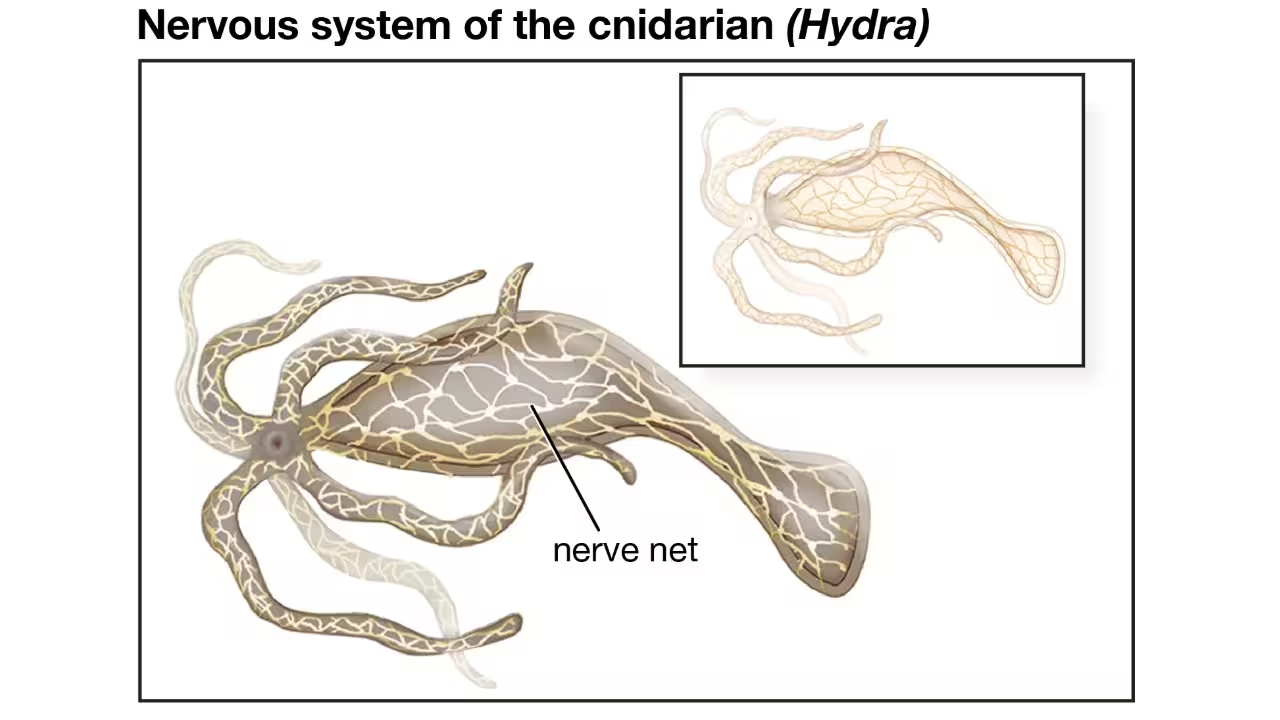
Found in animals like cnidarians (jellyfish, hydra), this is the most basic kind of nervous system.
It’s not fancy, but it works for what they need.
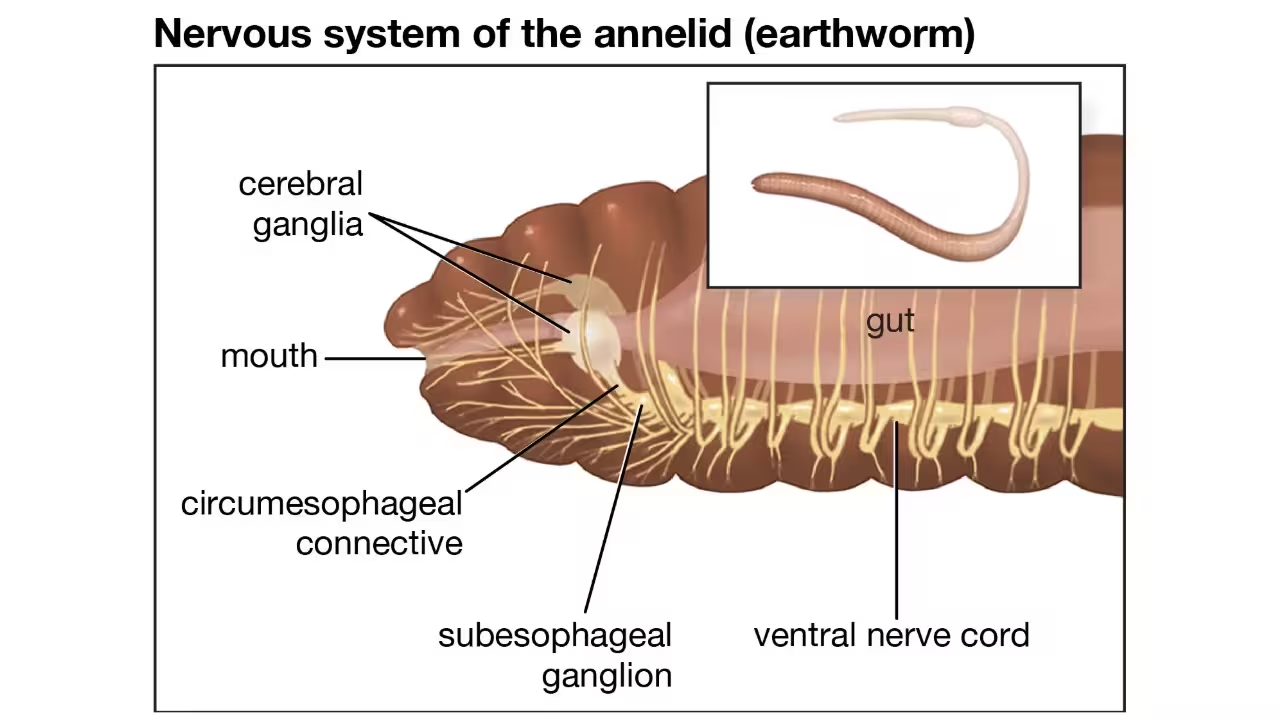
Seen in arthropods (like insects) and annelids (like earthworms).
This type allows things like crawling, reacting to light, and basic movement coordination.
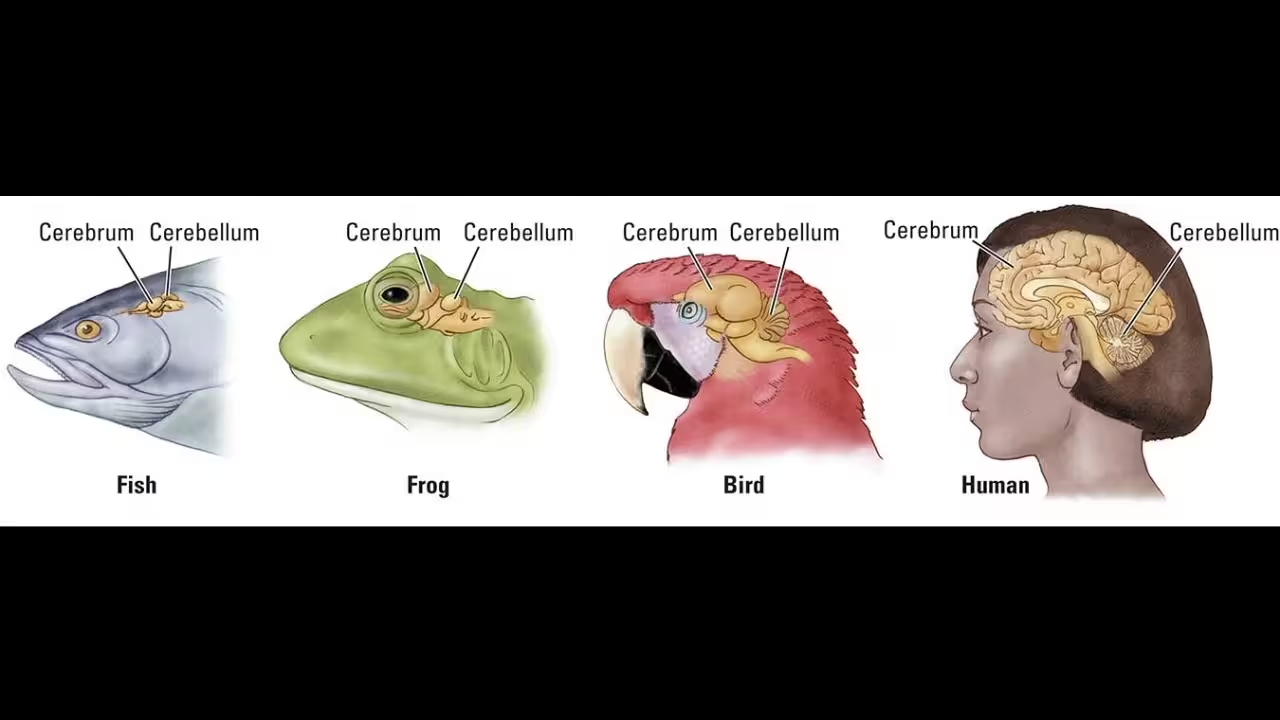
This one’s in vertebrates - animals with a spine, like fish, birds, reptiles, and mammals (yeah, humans too!).
Basically, the more evolved the animal, the more advanced its nervous system classification tends to be.
So yeah - even though all animals have some kind of nervous system, the way it’s built and what it can do varies a lot. But whether it’s helping a worm wriggle or a human do algebra, the system’s goal is the same: sense, process, and respond.
Now that we’ve seen how animals can have super simple or super complex nervous systems, let’s talk about what makes them all work. Whether you’re looking at a human or a tiny insect, their nervous system runs on one major idea: collect, process, and respond. But who's doing what?
.avif)
Here’s the breakdown - in plain and simple terms:
At the center of it all are neurons - and neurons are cells, not wires. These guys pass messages like pros using:
So anytime you move, think, or even blink, it’s the function of neurons that are handling the conversation inside your body.
The CNS is made up of the brain and spinal cord, and it's where all the big decisions happen.If you’ve ever seen a basic brain diagram, you’ll know how everything’s packed into that small space!
Basically, it’s your body’s command center. All signals go in, get processed, and come back out with instructions.
This system links the CNS to everything else using functions of nerves.
The PNS makes sure your brain isn’t doing all the work alone.
This is the behind-the-scenes system that handles things automatically (aka autonomic activities).The sympathetic and parasympathetic nervous system work together to control automatic functions like breathing and heart rate
From heartbeats to digestion, the autonomic nerves keep things running smoothly without you even noticing.
So yeah, the nervous system may seem like a lot - but once you break it down:
A human brain functions diagram can also make this easier to remember - cerebrum for thinking, cerebellum for balance, and medulla for breathing.
As amazing as the nervous system is, it’s also super sensitive. Even small damage to the brain, spinal cord, or nerves can mess with how your body thinks, feels, or moves. Some of these conditions are temporary, but others can be lifelong.

Let’s go over a few common nervous system disorders you’ve probably heard of:
Affects movement and balance. It happens when certain brain cells stop producing dopamine (a chemical that helps control movement).
Signs: Shaking hands, stiff muscles, slow movements.
A brain disorder that slowly destroys memory and thinking skills.
Signs: Forgetting names, places, or how to do everyday tasks. Mostly seen in older people.
Caused by nerve damage, especially to the spinal cord. It can lead to loss of movement in a part of the body - like arms or legs.
Example: A person may not be able to move their legs if the lower spine is injured.
Can happen due to injury, infections, diabetes, or even vitamin deficiency. Damaged nerves may cause:
But hey, not everything is about damage. Nature also gives animals some insane nervous system adaptations to survive better:

Bats use sound waves and echoes to “see” in the dark - kind of like a built-in sonar system. Their brain and hearing nerves are super tuned for this!
Sharks can literally detect electric fields in the water (like the faint signals from other animals’ muscles). It’s a survival superpower!
So, while humans deal with disorders, many animals have evolved to upgrade their nervous systems to next-level skills. Shows just how powerful and adaptable this system really is.
So we've talked about how the nervous system works and what happens when things go wrong - but now it’s time for the fun stuff. Let’s look at how some animals have upgraded their nervous systems in mind-blowing ways.
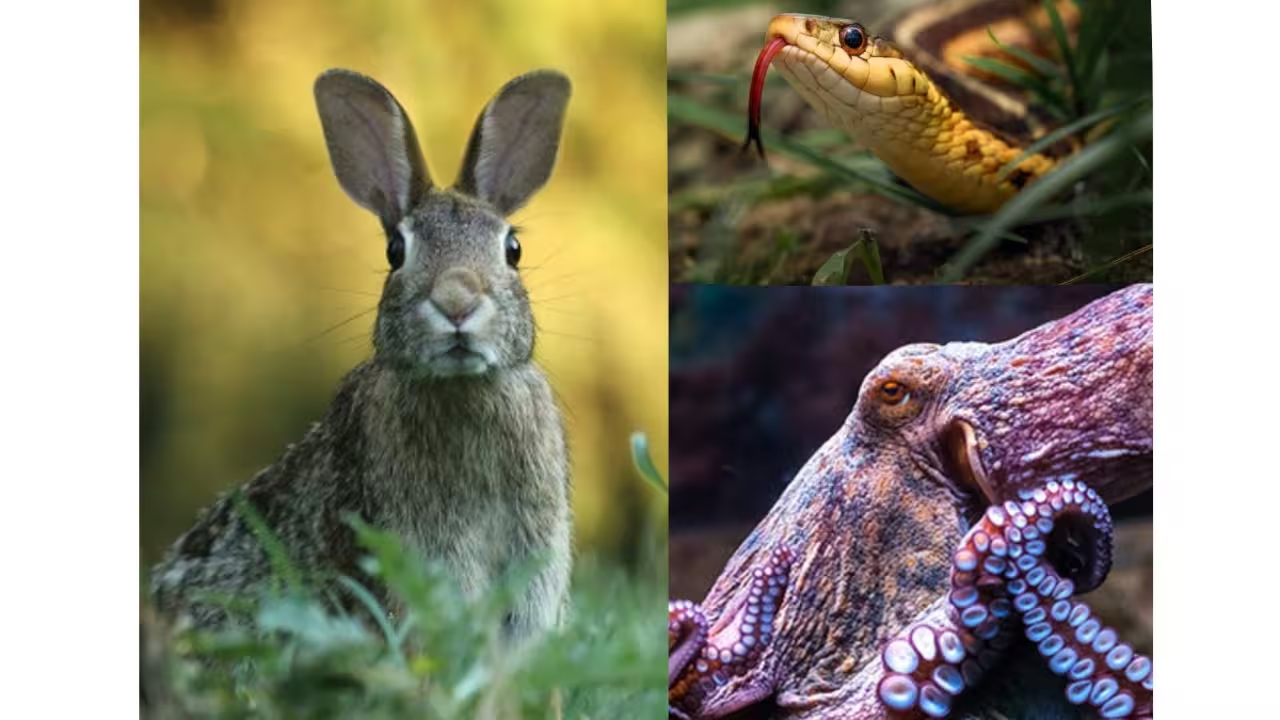
These aren't your average biology facts -these are real nervous system superpowers:
Did you know an octopus has nine brains? One central brain and one mini-brain in each arm! Each arm can literally make decisions on its own, thanks to their insane nerve networks. This helps them:
We mentioned this earlier, but sharks have something called electroreception. They can detect the tiniest electric signals - even a fish’s heartbeat - using special organs called ampullae of Lorenzini this makes them:
Rabbits have eyes on the sides of their heads, giving them a nearly full-circle view. Pair that with super-fast nerve responses, and they can:
Thanks to echolocation, bats bounce sound waves off objects to fly safely in total darkness.
Their brain is wired to:
Some snakes (like pythons) have pit organs that detect heat. Combined with forked tongues that "smell" directionally, they can:
So yeah, animals didn’t just adapt to survive - they turned their nervous systems tissue into literal superpowers.it’s about how all the parts of human brain and nerves evolved to dominate their environments.
